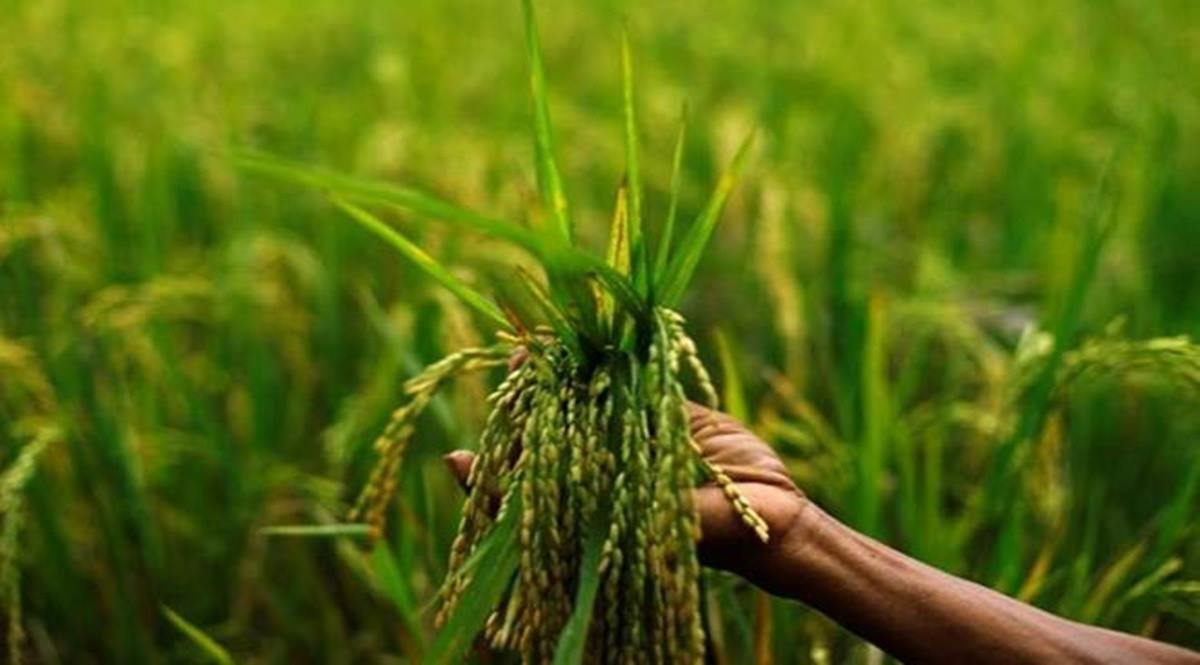15 Jul , 2022 By : Monika Singh

NITI AAyog Member Ramesh Chand has proposed a deficiency price payments (DPP) system as an alternative to the existing practice of procuring food grain at minimum support prices (MSP) for the public distribution system. The proposal has merit and deserves serious consideration. The problems with MSP, a legacy of the green revolution since the late 1960s, are several. They mainly benefit large surplus-producing farmers in the vanguard agrarian regions of Punjab, Haryana and western Uttar Pradesh. They introduce a cost-plus determination to prices that is inflationary over the short-term. Such a regime also encourages cultivation of water-intensive crops like paddy in these regions that are facing groundwater-stress, and the need is for crop diversification. Extending them to more crops, besides wheat and rice, also has serious implications for the exchequer if it is backed by open-ended procurement.
The government spends Rs 35 for ensuring Rs 100 worth of MSP payments to farmers as physical procurement is expensive. More importantly, they don’t insulate farmers from continuing market failures, volatility of prices and sudden supply gluts, especially when bumper harvests are increasingly becoming the new normal unlike the era of food scarcity in the 1960s.
For such reasons, there is a need to rethink MSPs and consider DPPs. The latter compensates farmers for the difference between the MSPs for select crops and their mandi price if it rules at lower levels, and does not entail physical procurement. This is inspired by Madhya Pradesh’s Bhavantar Bhugtan Yojana, introduced in October 2017 following violent agrarian protests in the state against falling crop prices. Subsequently, a price deficiency scheme (largely for oil seeds) formed part of the Pradhan Mantri Annadata Aay Sankrakshan Abhiyan (PM-AASHA). Haryana is currently in the process of rolling it out for a few commodities. Scaling up a DPP to the national level clearly calls for a closer examination how it worked in MP and on a limited scale for oilseeds. Chand himself cautions that DPP cannot be stopped once implemented. In MP, BBY was given up the very next season as traders had gamed the system, widening the gap between mandi price and MSPs, causing an enormous amount of expenditure by the state government. The big question is how feasible is it to roll out such a scheme nationally by cutting out politically-connected intermediaries and transferring deficiency payments into the bank accounts of the farmers. The method of calculation of compensation and paperwork involved also needs to be simplified to enable more small farmers to register for the scheme.
While DPPs definitely can be considered as an alternative to MSPs, there is a warrant to consider other options that are non-distortionary like direct income support, for instance. At a time of agrarian distress, income support schemes—like the transfer of Rs 6,000 into the bank accounts of farmers by the PM-Kisan Samman Yojana—benefit farmers without distorting markets through DPP or MSPs. They have been found to be more inclusive and promote more equity across farm sizes, according to research. There is also a critical mass of quasi-rural basic income schemes like Telengana’s Rythu Bandhu scheme or Odisha’s Krushak Assistance for Livelihood and Income Augmentation, among others, that can serve as a basis or scaling up direct income support for farmers.
0 Comment